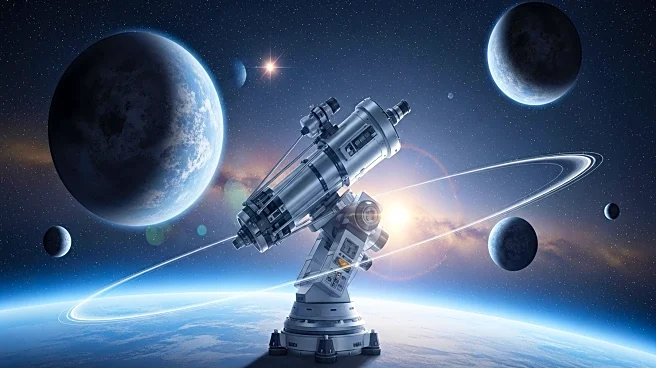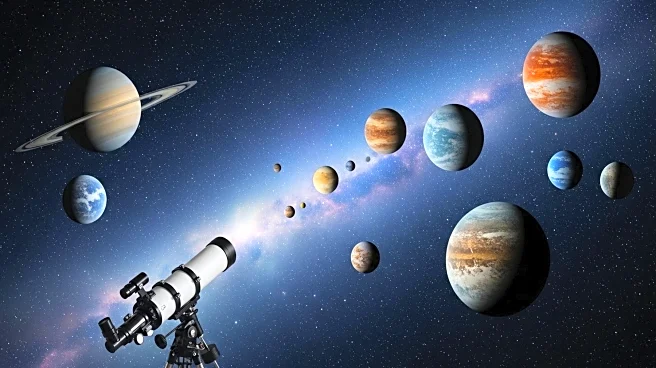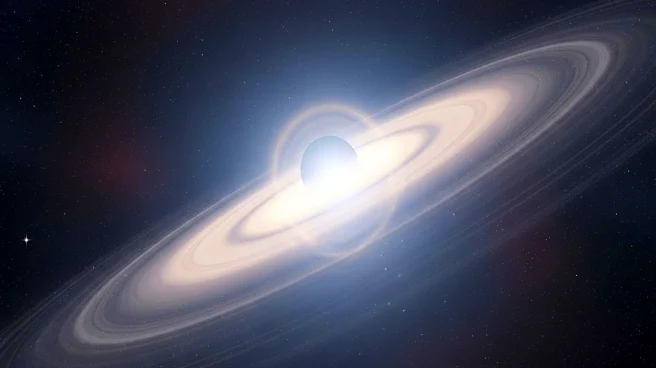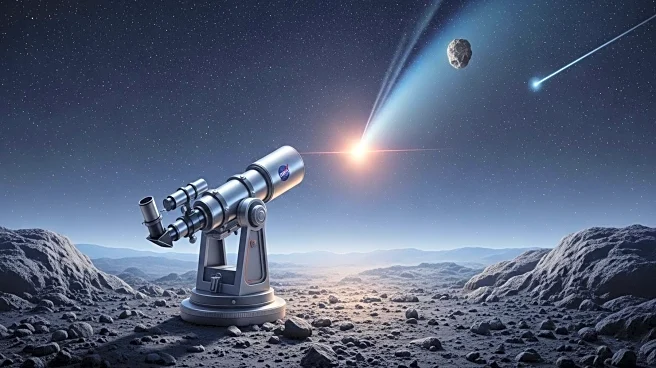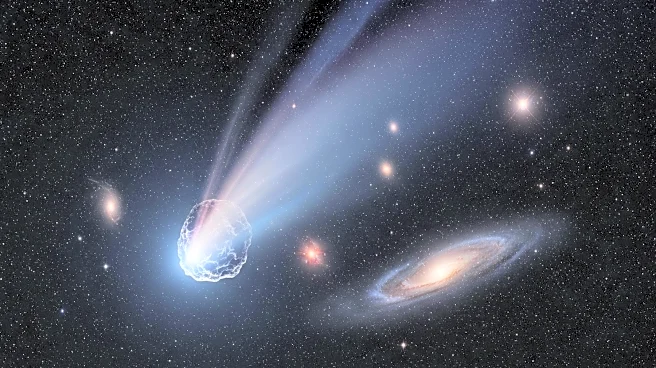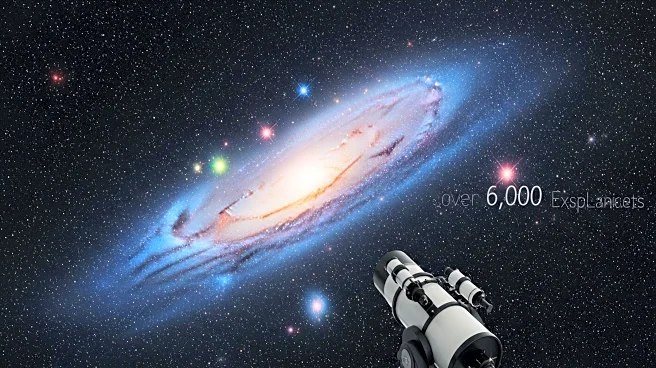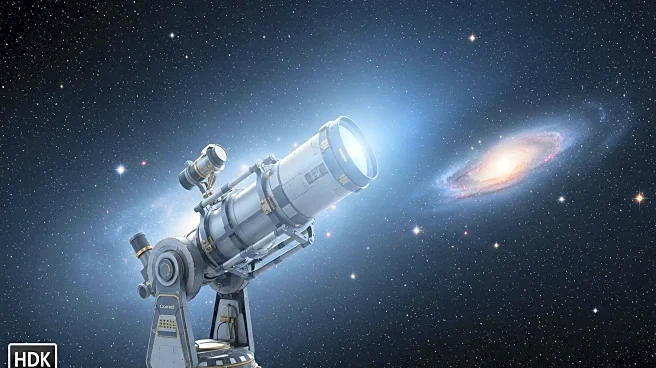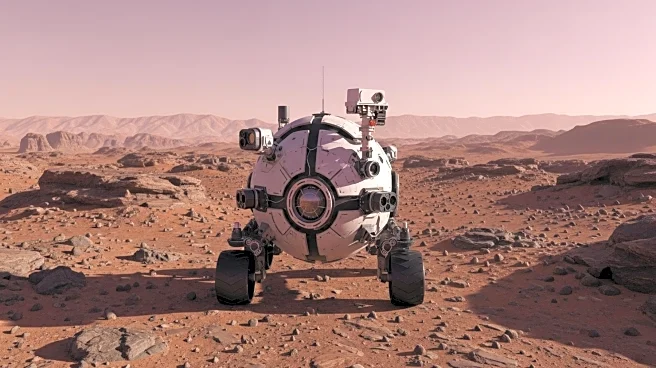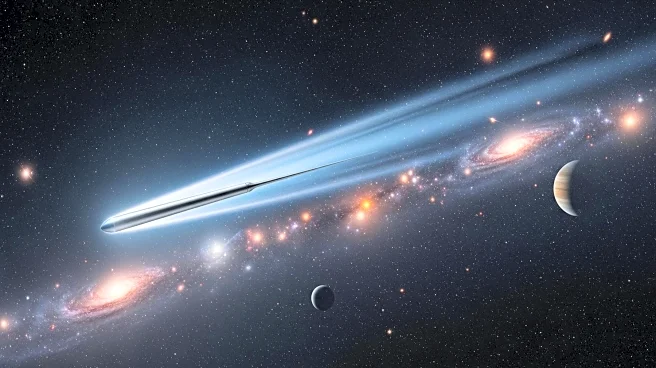What's Happening?
NASA has announced that the number of confirmed exoplanets has reached 6,000, marking a significant milestone in the field of astronomy. This achievement comes 30 years after the first exoplanet was discovered orbiting a star similar to our sun. The discoveries include a variety of planets such as rocky planets, lava worlds, and gas giants. NASA's Exoplanet Science Institute (NExScI) has identified over 8,000 potential planets that are awaiting confirmation. Future missions, including the Nancy Grace Roman Space Telescope and the Habitable Worlds Observatory, aim to discover more Earth-like planets and worlds with potential signs of life.
Why It's Important?
The discovery of exoplanets is crucial for understanding the universe and our place within it. These findings help scientists build a comprehensive picture of the planet population across the universe, providing insights into the conditions under which planets form. The identification of Earth-like planets could have profound implications for the search for extraterrestrial life. The continued exploration and confirmation of exoplanets also drive technological advancements and international collaboration in space exploration.
What's Next?
NASA plans to continue its efforts in confirming the identified exoplanet candidates. The upcoming missions, such as the Nancy Grace Roman Space Telescope, are expected to enhance the capabilities of detecting and studying exoplanets. The scientific community is likely to focus on characterizing these planets to understand their atmospheres and potential habitability. Collaboration among international space agencies and the scientific community will be essential to maximize the potential of these missions.

